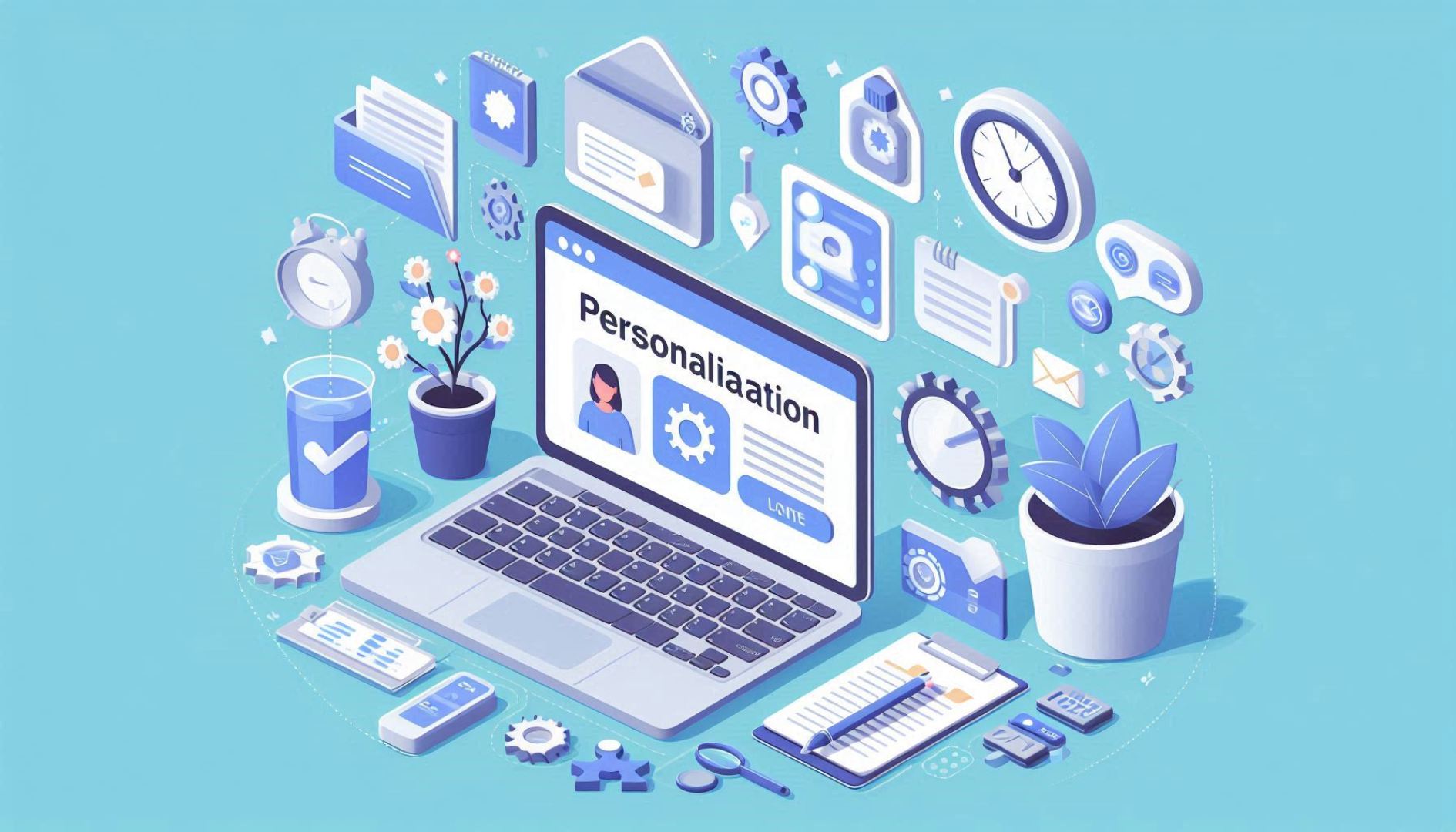Introduction to Web Development Techniques and Tools
In the dynamic world of web development, personalization has become a crucial element for engaging users and enhancing their experience. Personalized web experiences cater to individual preferences and behaviors, making visitors feel valued and understood. In this beginner’s guide, we’ll explore the techniques and tools available for integrating personalization into your web development projects.
Understanding Personalization in Web Development
Personalization in web development refers to the customization of content, layout, and interactions based on user data and behavior. It involves delivering relevant and targeted experiences to users, thereby increasing engagement and conversion rates. Personalization can range from simple greetings based on user location to complex recommendations based on browsing history and preferences.
Benefits of Personalization
Personalization offers several benefits that contribute to the success of a website or application:
- Enhanced User Experience: Tailored content and recommendations make users feel valued and understood, leading to higher satisfaction.
- Increased Engagement: Personalized experiences encourage users to interact more with the site, resulting in longer sessions and reduced bounce rates.
- Improved Conversions: By presenting relevant products or content, personalized websites can significantly increase conversion rates and sales.
- Better Customer Insights: Analyzing user behavior and preferences provides valuable insights for refining marketing strategies and improving products and services.
Techniques for Implementing Personalization
Implementing personalization requires leveraging user data effectively. Here are some key techniques:
- User Segmentation: Divide users into segments based on demographics, behavior, or preferences to deliver targeted content.
- Dynamic Content: Display different content blocks or elements based on user attributes or actions, such as location-specific promotions or personalized recommendations.
- Behavioral Targeting: Track user behavior (e.g., browsing history, interactions) to predict interests and deliver relevant content or product suggestions.
- Personalized Recommendations: Use algorithms to recommend products, articles, or content based on past behavior or similarities with other users.
- Contextual Personalization: Customize content based on contextual factors such as time of day, device type, or referral source.
Tools for Implementing Personalization
Several tools and platforms make it easier to implement personalization in web development:
- Google Analytics: Provides insights into user behavior and segmentation, which can be used to personalize content.
- WordPress Plugins: Plugins like “WP Personalization” or “Personalization for Woo Commerce” offer features for tailoring content and offers based on user data.
- CRM Systems: Customer Relationship Management systems like HubSpot or Salesforce integrate customer data to deliver personalized experiences.
- Email Marketing Platforms: Tools such as Mailchimp or Campaign Monitor enable personalized email campaigns based on user behavior and preferences.
- AI and Machine Learning: Platforms like Amazon Personalize or Adobe Sensei use AI algorithms to automate and optimize personalization efforts.
Best Practices for Effective Personalization
To maximize the impact of personalization in web development, consider these best practices:
- Respect User Privacy: Obtain consent for data collection and ensure compliance with privacy regulations (e.g., GDPR, CCPA).
- Start small and Test: Begin with basic personalization techniques and gradually refine strategies based on user feedback and performance metrics.
- Monitor and Analyze Results: Regularly review analytics to assess the effectiveness of personalized experiences and make adjustments as needed.
- Iterate Based on Feedback: Solicit user feedback to understand preferences and continuously improve personalization efforts.
- Collaborate Across Teams: Involve marketing, design, and development teams to ensure a cohesive approach to personalization.
Conclusion
In conclusion, personalization is a powerful tool in web development for creating engaging and relevant experiences that resonate with users. By understanding the techniques, leveraging the right tools, and following best practices, you can effectively integrate personalization into your projects. Whether you’re enhancing an e-commerce site, a blog, or a corporate portal, personalized experiences can drive user satisfaction, loyalty, and ultimately, business success.
Start implementing personalized web experiences today to unlock the full potential of user engagement and conversion on your website. Personalization isn’t just a trend—it’s a strategy that can transform how users interact with your brand online.

